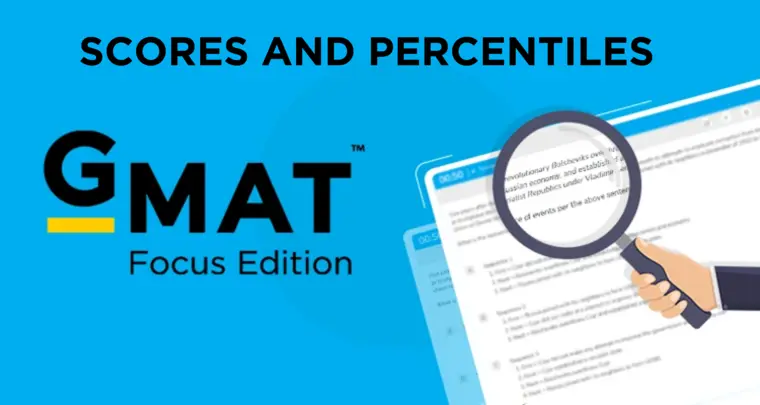The general availability of high-quality electronic scanners and color printers for computers has made the counterfeiting of checks much easier. In order to deter such counterfeiting, several banks plan to issue to their corporate customers checks that contain dots too small to be accurately duplicated by any electronic scanner currently available; when such checks are scanned and printed, the dots seem to blend together in such a way that the word “VOID” appears on the check.
A questionable assumption of the plan is that:
A. In the territory served by the banks the proportion of counterfeit checks that are made using electronic scanners has remained approximately constant over the past few years.
B. Most counterfeiters who use electronic scanners counterfeit checks only for relatively large amounts of money
C. The smallest dots on the proposed checks cannot be distinguished visually except under strong magnification.
D. Most corporations served by these banks will not have to pay more for the new checks than for traditional checks.
E. The size of the smallest dots that generally available electronic scanners are able to reproduce accurately will not decrease significantly in the near future.
Solution
Passage Analysis
The general availability of high-quality electronic scanners and color printers for computers has made the counterfeiting of checks much easier.
This statement tells us that the general availability of two items, high-quality electronic scanners and color printers for computers, has made the counterfeiting of checks much easier.
In order to deter such counterfeiting, several banks plan to issue to their corporate customers checks that contain dots too small to be accurately duplicated by any electronic scanner currently available; when such checks are scanned and printed, the dots seem to blend together in such a way that the word “VOID” appears on the check.
This statement tells us about a plan that several banks have made to discourage counterfeiting. The banks plan to issue checks with dots that are too small to be correctly copied by any scanner that is currently available. These tiny dots will blend together to spell the word ‘void’ when the checks are scanned and printed.
So, the objective of the given plan is to identify forged checks with the help of the dots.
Pre-thinking
The question stem asks us to identify a questionable assumption on which the plan depends. In other words, there is something that makes this plan weak—something that the banks have assumed that is a weak spot in the plan.
What does the plan depend upon? It depends on the fact that any electronic scanner currently unavailable cannot accurately duplicate the dots that the checks will contain. Note the use of the word “currently”. If electronic scanners are going to get more sophisticated in the future, they may accurately be able to duplicate the dots on the checks. If the dots on the checks are accurately duplicated, they will not blend together and will not alert the bank that the check is counterfeit.
So, this argument depends on the following assumption:
Electronic scanners in the future will not be capable of accurately duplicating the dots on the checks.
Let’s put this assumption through the negation test and see if it holds. This is the negated version of the assumption:
Electronic scanners in the future will be capable of accurately duplicating the dots on the checks.
If scanners can accurately duplicate the dots, the plan will not work. The negated version of the argument makes the argument fall apart. So, this is a valid assumption. It can also correctly be identified as a questionable assumption, since banks have overlooked upcoming technological developments that could interfere with the success of their plan.
Analysis of Option Statements
A questionable assumption of the plan is that:
A. In the territory served by the banks the proportion of counterfeit checks that are made using electronic scanners has remained approximately constant over the past few years.
This choice is irrelevant to the success of the plan, since it does not depend on the proportion of checks that are forged. If we negate this statement and say that the proportion of forged checks has not remained constant, it does not affect the plan. So, this choice is not an assumption.
B. Most counterfeiters who use electronic scanners counterfeit checks only for relatively large amounts of money.
This choice says that most forgers who use electronic scanners forge checks only for relatively large amounts of money. This choice has no bearing on the success of the plan, since the success of the plan does not depend on the amount of money that the checks are for.
C. The smallest dots on the proposed checks cannot be distinguished visually except under strong magnification.
The argument does not refer to whether the dots can be distinguished visually. The argument depends on the fact that the checks are too small to be accurately duplicated by any currently available scanner. It does not depend on the assumption that the checks will have to be visually inspected. So, whether the dots on the checks can be distinguished visually is irrelevant—the only relevant factor is that currently available scanners cannot correctly duplicate the dots when the checks are scanned and printed.
D. Most corporations served by these banks will not have to pay more for the new checks than for traditional checks.
This choice says that most corporations will not have to pay extra for the new checks. Let’s negate this statement and see what happens. The negated statement would say that most corporations would have to pay extra for the new checks. In this scenario, some corporations may decide to keep using the old checks. If such checks are counterfeited, it will be because the corporations did not switch to the new checks—it will not be because the plan failed. The success of the plan does not depend on whether corporations will have to pay more for the new checks, but on the ability of electronic scanners to duplicate the dots.
E. The size of the smallest dots that generally available electronic scanners are able to reproduce accurately will not decrease significantly in the near future.
This choice is in line with our prethinking. The plan is based on the assumption that scanners in the future will not be able to correctly duplicate the dots. If this statement is negated and the size of the smallest dots scanners are able to reproduce does decrease significantly in the near future, then generally available scanners may be able to detect the dots and correctly duplicate them. If they are able to do so, the plan will fail. So, this choice is the correct answer.
-Solution created by Meghna Mudaliar.














